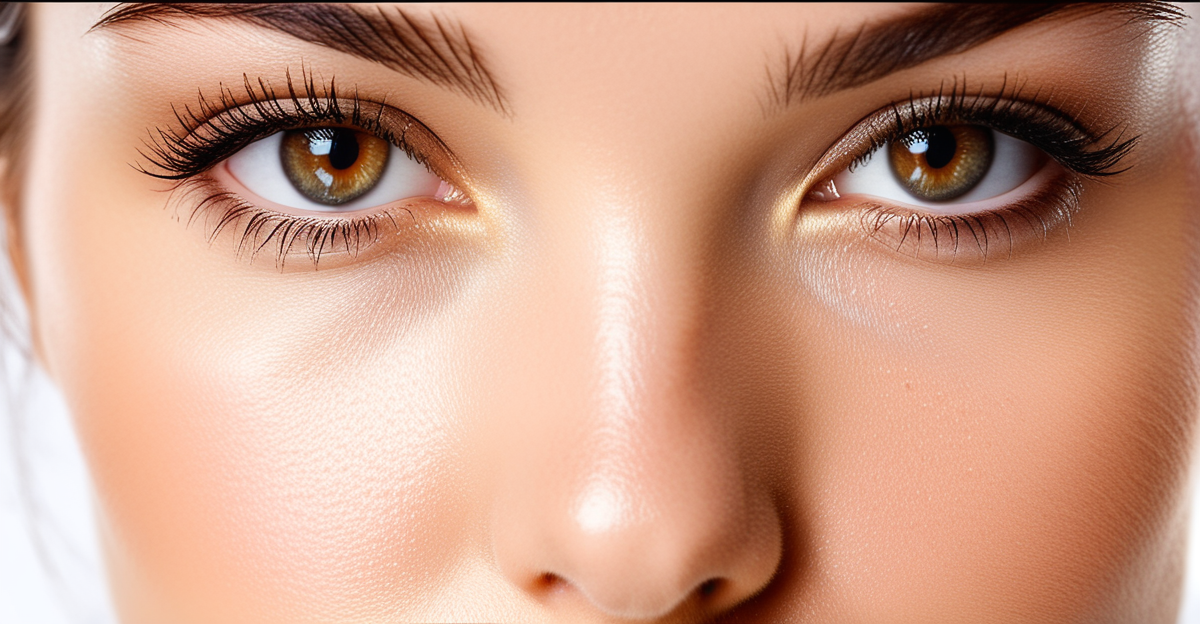Seeking youthful skin without injections? Natural oils offer a gentle, toxin-free way to boost radiance and reduce wrinkles. These oils nourish and protect your skin, mimicking Botox’s smoothing effects with lasting hydration and antioxidant power. Discover how simple, natural ingredients can transform your complexion—safe, affordable, and effective alternatives to cosmetic treatments.
Comprehensive Overview: Botox, Natural Alternatives, Uses, Safety, and Costs
Botox is a purified form of botulinum toxin, one of the strongest biological substances, derived from the bacterium Clostridium botulinum. When used professionally, it blocks nerve signals that typically trigger muscle contraction, resulting in temporary muscle relaxation. This core effect explains its popularity in smoothing facial wrinkles, especially on the forehead, around the eyes, and between the brows.
Topic to read : Discover comfort: asics orthopedic shoes for everyone
Medically, botulinum toxin addresses more than just aesthetics. Treatments include conditions like chronic migraine, muscle spasticity (as seen in cerebral palsy or post-stroke), axillary hyperhidrosis (excessive underarm sweating), and overactive bladder. Certain rare disorders—such as strabismus (eye misalignment) and cervical dystonia—also benefit from these injections. It’s vital to know that different botulinum toxin brands (Botox, Dysport, Xeomin, Myobloc, Daxxify, Letybo) are not directly interchangeable.
Costs vary with each treatment area; commonly from $10–$30 per unit, or about $200–$1,200 per session, depending on physician expertise and local pricing. Insurance sometimes covers injections for recognized medical purposes, but not for most cosmetic uses. The effects usually last two to four months before repeat sessions are required.
In parallel : Diy natural oils for radiant skin: your botox alternative
Side effects are mainly localized, such as bruising, discomfort, or mild swelling. On rare occasions, more significant risks arise, including unintended muscle weakness, headaches, or, in very rare cases, serious reactions if the toxin spreads beyond the target zone. Adherence to best injection practices—such as careful mapping of muscles and provider qualifications—reduces these risks substantially.
Beyond injectables, some people experiment with natural “Botox” alternatives like combining jojoba, castor, and frankincense oils. As noted elsewhere, certain DIY preparations aim to hydrate and firm the skin by supporting collagen production and elasticity. These alternatives won’t replicate medical effects but may gently improve skin texture for those seeking non-invasive options. You can find further details about these topics on this page: Visit this link.
Medical and Cosmetic Botox Treatments: Efficacy, Areas, and Results
FDA-Approved and Off-Label Medical Uses
Botox treatment options extend far beyond wrinkle reduction. FDA-approved uses include treating muscle spasticity—seen in conditions like cerebral palsy, stroke effects, and spinal cord injuries—as well as chronic migraine and overactive bladder. Neuromodulator injections help manage head, neck, eyelid, limb, jaw, and even vocal cord disorders. Injections also reduce excessive underarm sweating when topical treatments fail. For some patients, these botox treatment options can dramatically improve daily function and comfort.
Cosmetic Benefits: Targeted Facial Areas
Cosmetically, common facial areas treated with neuromodulators include the forehead, crow’s feet (around the eyes), and between the brows. Popular injectable areas—such as the jawline, under eyes, and mouth corners—are skillfully targeted to soften lines and refine facial contouring with botulinum toxin. Procedure targeting fine lines and crow’s feet is especially valued for its natural-looking results, and jaw and chin reshaping injections offer non-surgical facial contouring. Neuromodulator injections for smile lift and mouth corners subtly rejuvenate expressions.
Results and Longevity
Before and after injection results become visible typically within a week, with effects lasting three to four months. Some individuals may notice ongoing improvements up to six months, especially in dynamic areas. Repeat treatments maintain the smoothing benefits. Most patients find botox treatment options safe, with mild and temporary cosmetic injection side effects.
Risks, Safety, and Comparing Alternatives
Common and Serious Side Effects of Botulinum Toxin
Cosmetic injection side effects are generally mild and temporary, but patients may experience headaches, localized pain, or bruising after botox injection. For treatments near the eyes and forehead, managing side effects around eyes and forehead includes monitoring for eyelid droop or double vision. Rare but serious reactions—such as muscle weakness beyond the injection site—require immediate attention. Adherence to the best practices for injection safety is vital for minimizing these risks.
Safety Best Practices: Provider, Technique, Aftercare
Selecting a licensed, experienced provider lowers the odds of adverse outcomes. For botox treatment, best practices for injection safety include a thorough consultation, detailed muscle mapping, and using precise techniques to avoid a frozen expression or asymmetry. Emphasize post-injection care, like avoiding pressure on treated areas, to help manage side effects around eyes and forehead. Always inform your provider about medications and past reactions before proceeding.
Natural Oils for Glowing Skin: An Alternative
For those seeking wrinkle reduction without injections, natural oils like jojoba, castor, and frankincense have gained interest. Popular at-home botox simulation products often feature these oils due to their moisturizing and collagen-supporting properties. While professional hair botox products and DIY kits exist primarily for hair, these natural ingredients target skin hydration and firmness as a gentle, accessible alternative to neuromodulator injections.
Cost Comparison, Provider Guidance, and Patient Considerations
Botox cost breakdown: per unit, by treated area, and insurance coverage
Cost comparisons for facial injections start with understanding pricing models. Most clinics price Botox either per unit (typically between $10–$30 per unit) or per area, with total costs for common regions like the forehead or crow’s feet ranging from $200 to $1,200. Finding Botox providers nearby who are transparent with this pricing is key. While cosmetic procedures are rarely covered by insurance, some therapeutic uses (such as chronic migraine or overactive bladder) may qualify for reimbursement—verify with your clinic and insurer directly for details. Clinics may offer injection discount deals and pricing strategies during promotions or for package purchases.
How to find qualified providers
Selecting a safe provider for Botox treatment options goes beyond searching “Botox near me.” Prioritize clinics where practitioners have advanced credentials and specialize in facial injections. Ask about their experience with specific procedures, such as masseter muscle slimming injections or facial slimming with neuromodulators, to ensure you’re in qualified hands. Look for visible certifications and read information on best practices for injection safety. Consultation advice includes discussing the clinic’s approach to managing cosmetic injection side effects.
Setting realistic expectations and maximizing safety
Begin each session with open communication, expressing your aesthetic goals and questions. Managing expectations and realistic results is critical—Botox’s effectiveness duration for wrinkle injections generally spans 2–4 months. Discuss patient preparation and post-injection care: follow aftercare protocols like avoiding strenuous activity, elevated heat, or massage of treated sites. Always ask about side effects around eyes and forehead, and how to handle adverse reactions should they occur. Choose clinics that provide comprehensive before and after injection instructions and ongoing support.
BODY
Botox treatment works by injecting a purified form of botulinum toxin into targeted facial muscles. This neurotoxin temporarily blocks nerve signals, effectively reducing dynamic wrinkles—those formed by repeated muscle contraction—particularly on the forehead, around the eyes, and between the brows. The primary goal is to soften expression lines by managing muscle activity in facial expression with injections, achieving smoother skin without surgery.
Most individuals experience visible results within three to seven days; these improvements generally last three to four months. For deeper or more resistant wrinkles, combining fillers with neuromodulators can enhance facial contouring and rejuvenation. Some patients turn to specialized treatments like the Nefertiti lift and micro injections, which target the jawline or platysma bands for more defined facial features.
When considering cosmetic injection side effects, mild bruising or pain at the injection site and temporary muscle weakness are most common. The risk of more significant adverse effects—such as eyelid drooping or uneven eyebrow height—can be minimized by selecting experienced providers and following injection aftercare protocols. Always verify practitioner credentials for optimal safety.







